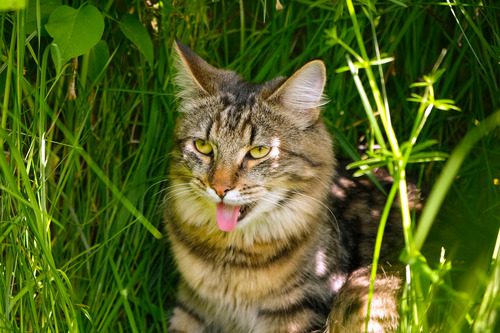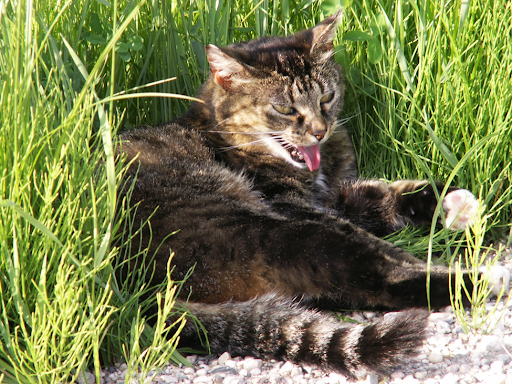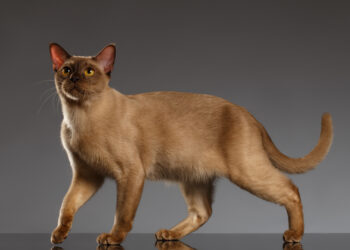Heat exhaustion in cats is a serious condition that can compromise the best cat health if not addressed promptly. Understanding heat exhaustion in cats and taking preventive measures is crucial to keeping your feline friend safe and healthy.
What is Heat Exhaustion in Cats?
Heat exhaustion occurs when a cat’s body temperature rises above the normal range (100.5°F to 102.5°F) due to prolonged exposure to high temperatures or excessive physical activity. Cats are particularly vulnerable because they lack efficient sweat glands and rely on panting and external cooling to regulate their body temperature.
Signs and Symptoms
Recognizing the signs of heat exhaustion is essential for best cat health. Symptoms may include:
- Excessive panting and drooling
- Lethargy and weakness
- Rapid heartbeat and breathing
- Vomiting and diarrhea
- Red or pale gums
- Staggering or stumbling
- Seizures or unconsciousness in severe cases
If your cat displays any of these symptoms, immediate action is required.

Causes of Heat Exhaustion
Understanding the causes can help prevent heat exhaustion in cats:
- Hot Weather: Prolonged exposure to high temperatures without adequate shade or hydration.
- Overexertion: Excessive physical activity, especially in hot weather.
- Poor Ventilation: Being left in a poorly ventilated area, such as a parked car.
- Medical Conditions: Obesity, heart disease, and respiratory issues can increase susceptibility.
Preventing Heat Exhaustion
Preventive measures are key to maintaining the best cat health:
- Provide Shade and Water: Ensure your cat has access to cool, shaded areas and plenty of fresh water.
- Limit Outdoor Time: Keep your cat indoors during peak heat hours (10 AM to 4 PM).
- Avoid Overexertion: Limit vigorous play and exercise in hot weather.
- Never Leave in Cars: Never leave your cat in a parked car, even for a short period.
- Monitor at-Risk Cats: Pay extra attention to overweight, elderly, or ill cats.
First Aid for Heat Exhaustion
If your cat shows signs of heat exhaustion, follow these steps immediately:
- Move to a Cool Area: Relocate your cat to a shaded or air-conditioned space.
- Offer Water: Provide small amounts of cool water to drink.
- Cool Down Gradually: Apply cool (not cold) water to your cat’s fur and paws using a damp cloth.
- Use Fans: Increase air circulation with fans or air conditioning.
- Seek Veterinary Care: Contact your veterinarian immediately for further instructions.

Long-Term Care and Best Cat Health
Maintaining long-term best cat health involves:
- Regular Check-ups: Schedule regular vet visits to monitor your cat’s overall health.
- Weight Management: Keep your cat at a healthy weight to reduce the risk of heat exhaustion.
- Hydration: Ensure your cat always has access to fresh water, especially in hot weather.
- Environment Control: Use fans, air conditioning, and shaded areas to keep your cat cool.
Conclusion
Understanding heat exhaustion in cats is vital for ensuring the best cat health. By recognizing the signs, knowing the causes, and implementing preventive measures, you can protect your feline friend from this potentially life-threatening condition. Remember, immediate action and veterinary care are crucial if your cat exhibits symptoms of heat exhaustion. Prioritize your cat’s health and well-being to enjoy many happy, healthy years together.





















